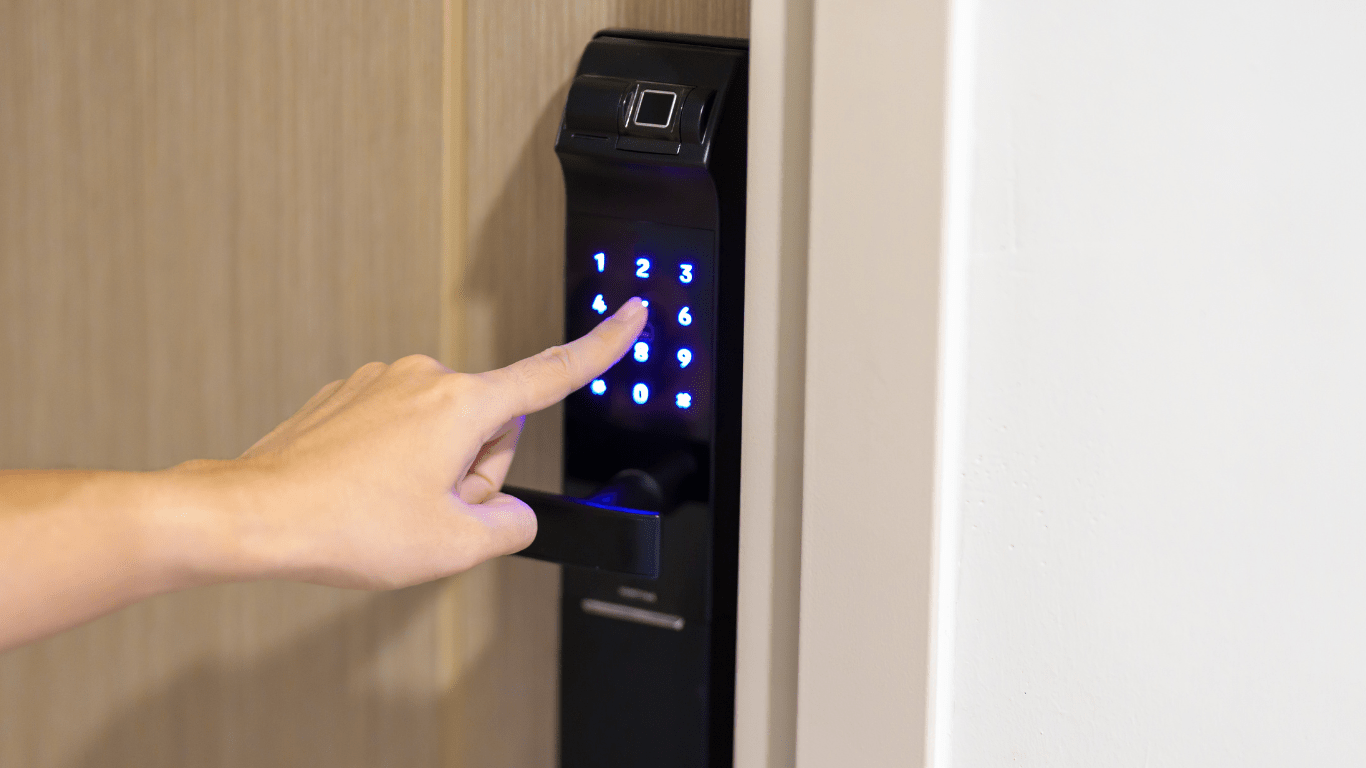Understanding Co-Living Spaces: The Basics
What Are Co-Living Spaces?
In co-living spaces, individuals rent fully-furnished private bedrooms within a shared apartment or house.
These spaces often include communal areas like:
- kitchens,
- living rooms
- workspaces that residents share
Residents not only share living spaces but also participate in community events and activities, fostering a sense of belonging and collaboration.
Co-living spaces are gaining popularity among young professionals and digital nomads seeking a flexible and social living environment.
The Historical Evolution of Shared Housing
Shared housing has a long history, dating back to ancient civilizations where communities lived together in shared spaces for safety and companionship.
In the 20th century, shared housing took the form of boarding houses and communes, providing affordable living arrangements for individuals.
Co-living spaces today are a modern iteration of this concept, combining the principles of community living with contemporary amenities and technology.
The evolution of shared housing reflects society’s changing needs for affordable, community-oriented urban living solutions.
The Appeal of Co-Living in Modern Urban Landscapes
1. The Social Benefits: Community and Connections
I find the social aspect of co-living spaces truly remarkable. Living in a shared environment fosters a sense of community and encourages connections with like-minded individuals.
It’s an opportunity to engage in shared activities, collaborate on projects, and build lasting relationships with fellow residents.
This communal living arrangement is especially attractive to young professionals and digital nomads seeking a supportive and social network in today’s fast-paced urban landscapes.
2. Financial Incentives: Affordability and Shared Costs
When it comes to finances, co-living offers significant benefits in terms of affordability and shared costs.
By splitting expenses such as:
- rent
- utilities
- and even groceries among residents
Individuals can enjoy a more cost-effective living arrangement compared to traditional housing options.
This financial advantage makes co-living an appealing choice for those looking to save money while still enjoying the perks of urban living.
3. Convenience and Flexibility for a Mobile Generation
In a world where mobility and flexibility are key, co-living spaces cater perfectly to the needs of a mobile generation.
The convenience of moving into a fully-furnished room in a shared setting eliminates the hassle of setting up a new home from scratch.
Additionally, the flexibility to rent on a short-term basis provides individuals the freedom to explore different neighborhoods and cities without being tied down by long-term leases.
This fluidity in living arrangements aligns perfectly with the lifestyle preferences of a generation always on the go.
Key Features of Co-Living Spaces
1. Design Elements That Encourage Community
In co-living spaces, thoughtful design elements play a crucial role in fostering a sense of community among residents.
Spaces are intentionally crafted to promote interaction and collaboration through shared living areas such as kitchens, lounges, and co-working spaces.
Open layouts with communal dining tables and cozy seating arrangements create opportunities for spontaneous conversations and social connections.
Additionally, the incorporation of green spaces, rooftop gardens, and outdoor seating areas encourages communal activities like gardening or group gatherings, enriching the overall experience of living together.
2. Technology Integration in Co-Living Environments
Technology plays a vital role in enhancing the co-living experience by streamlining processes and fostering connectivity among residents.
Many co-living spaces leverage smart technologies to offer convenient amenities such as keyless entry systems, automated lighting, and temperature control.
High-speed internet access is a standard feature, enabling seamless remote work and networking opportunities for digital nomads.
Moreover, digital platforms and community apps are utilized to facilitate communication, event planning, and resource sharing within the co-living community, ensuring a tech-savvy and interconnected living environment.
3. Diverse Co-Living Models Catering to Different Needs
The evolution of co-living has led to the development of diverse models that cater to the varying needs and preferences of residents.
From co-living spaces focused on sustainability and eco-conscious living to luxury co-living concepts offering premium amenities and services, there is a wide range of options available in the market.
Some models emphasize wellness and mindfulness by integrating yoga studios, meditation rooms, and wellness programs into the living spaces, promoting a healthy lifestyle among residents.
Additionally, hybrid models combining co-living with co-working spaces provide a versatile environment for remote workers and entrepreneurs looking for a blended living experience with professional amenities at their disposal.
This diversity in co-living models reflects the adaptability of the concept to different lifestyles and interests, making it a flexible and inclusive housing solution for individuals seeking a communal urban living experience.
The Growing Market for Co-Living Spaces
Demographic Trends Fueling the Rise
Diving into the demographic trends propelling the surge of co-living spaces, it’s evident that millennials and Gen Z are the primary cohorts driving this phenomenon.
These younger demographics value experiences over material possessions and seek a sense of community in their living arrangements.
With a focus on flexibility and affordability, co-living aligns perfectly with their preferences.
Additionally, remote work opportunities and the gig economy have made location-independent living more accessible, further boosting the demand for these communal living spaces.
Geographic Hotspots for Co-Living Expansion
Exploring the geographic hotspots witnessing a boom in co-living expansion, major urban centers like New York City, San Francisco, and London are at the forefront of this trend.
These cities attract a diverse mix of professionals, creatives, and entrepreneurs looking for innovative housing solutions that offer both convenience and a vibrant social scene.
Emerging tech hubs like Berlin and Singapore are also embracing the co-living concept, catering to a global workforce seeking dynamic living environments that foster networking and collaboration.
Impact of Co-Living on the Traditional Housing Market
Analyzing the impact of co-living on the traditional housing market, it’s clear that this disruptive housing model is reshaping the way urban dwellers approach accommodation.
As co-living spaces continue to gain popularity, there is a noticeable shift in consumer preferences towards shared living experiences over traditional rental or homeownership.
This shift is pushing traditional landlords and real estate developers to rethink their offerings and incorporate elements of community living and shared amenities to stay competitive in a changing housing landscape.
Challenges and Criticisms of Co-Living Spaces

Zoning and Regulatory Hurdles
Navigating zoning laws and regulatory requirements can be challenging when establishing co-living spaces.
These spaces often blur the lines between residential and commercial properties, creating complexities in zoning classifications.
Adhering to regulations designed for traditional housing setups while incorporating shared facilities and services poses a regulatory hurdle for developers and operators.
It requires a nuanced approach to compliance that aligns with evolving urban living trends.
Privacy Concerns in Shared Environments
Privacy concerns arise in co-living spaces due to the communal nature of the living arrangements.
While residents benefit from shared amenities and social interactions, maintaining individual privacy can be a concern.
Balancing the need for social engagement with personal space and boundaries can be a delicate task.
Addressing privacy concerns requires thoughtful design such as:
- considerations
- clear communication among residents, and
- effective management practices to ensure a harmonious co-living experience.
The Balance Between Community and Individual Space
Achieving a harmonious balance between community interactions and individual space poses a significant challenge in co-living spaces.
Encouraging a sense of community while respecting individual preferences for solitude and personal time requires a nuanced approach.
Designing shared areas that foster social connections while providing private retreats can enhance the overall co-living experience.
Striking the right balance can contribute to a thriving community while addressing residents’ varying needs for socialization and privacy.
The Future of Urban Living: Predictions and Potentials
Sustainability and Eco-Friendly Living in Co-Living Spaces
In the realm of urban living, sustainability and eco-friendly practices are becoming increasingly vital. Co-living spaces have the potential to lead the way in promoting environmentally conscious living.
From energy-efficient designs to waste reduction initiatives, co-living spaces can play a significant role in fostering a more sustainable urban lifestyle.
By incorporating features like solar panels, rainwater harvesting systems, and communal gardens, these spaces not only reduce their environmental footprint but also educate residents on sustainable living practices.
The Potential for Co-Living Spaces in Post-Pandemic Society
As we navigate the complexities of a post-pandemic society, co-living spaces are poised to offer unique solutions to the changing needs of urban dwellers.
With a growing emphasis on flexibility, remote work, and the desire for community amid social distancing measures, co-living spaces present an attractive option for individuals seeking a balance between privacy and social connection.
The ability to adapt shared spaces for remote work, virtual meetings, and contactless interactions positions co-living as a model well-suited for the evolving demands of post-pandemic urban living.



